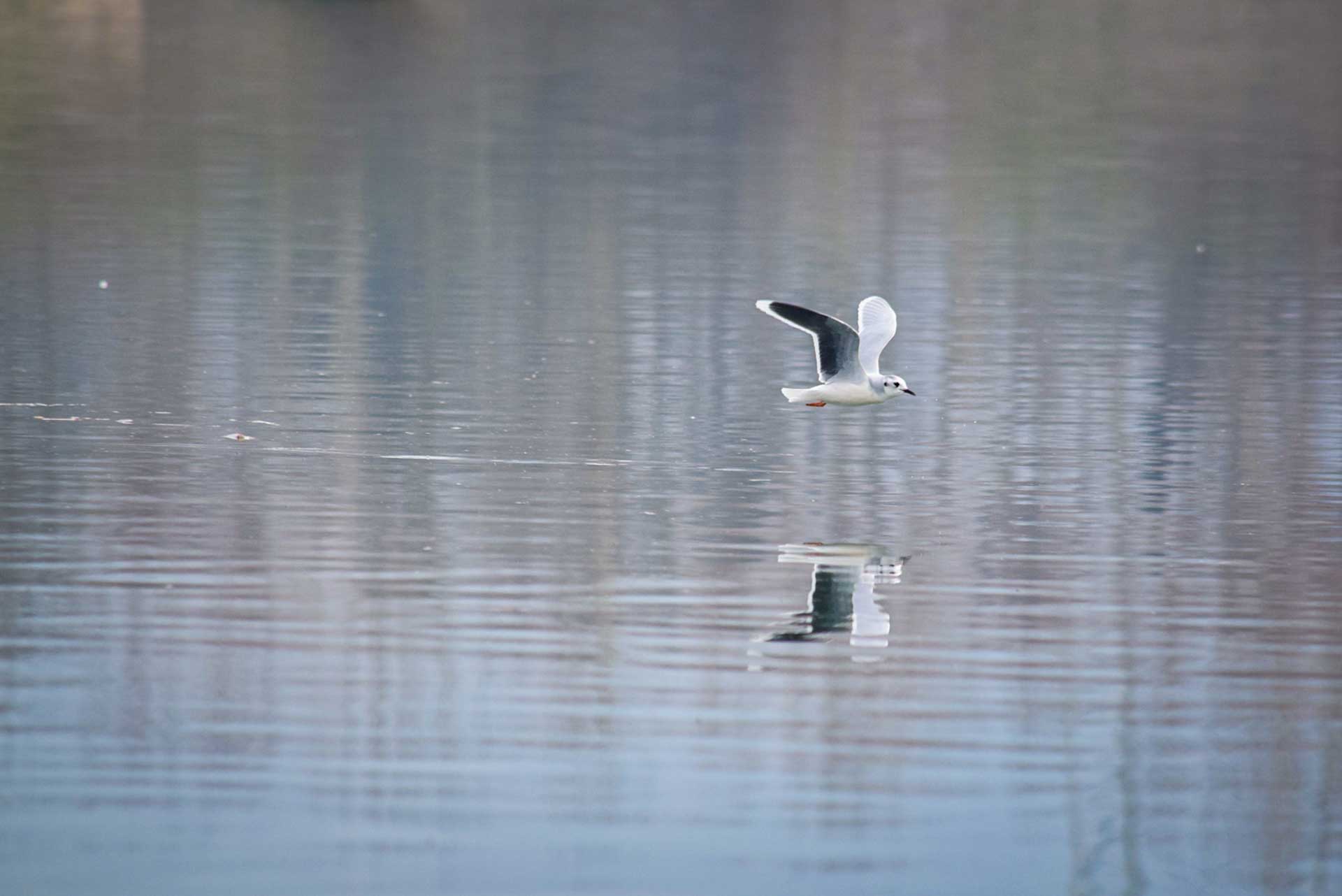Finally our urban treks in the city of Turin start again, with a new birdwatching path between Parco della Colletta and Confluence Stura-Po.
The event saw the ornithologist Riccardo Alba as tour leader, who led a group of nature enthusiasts to discover the birdlife along the city banks of the river Po.
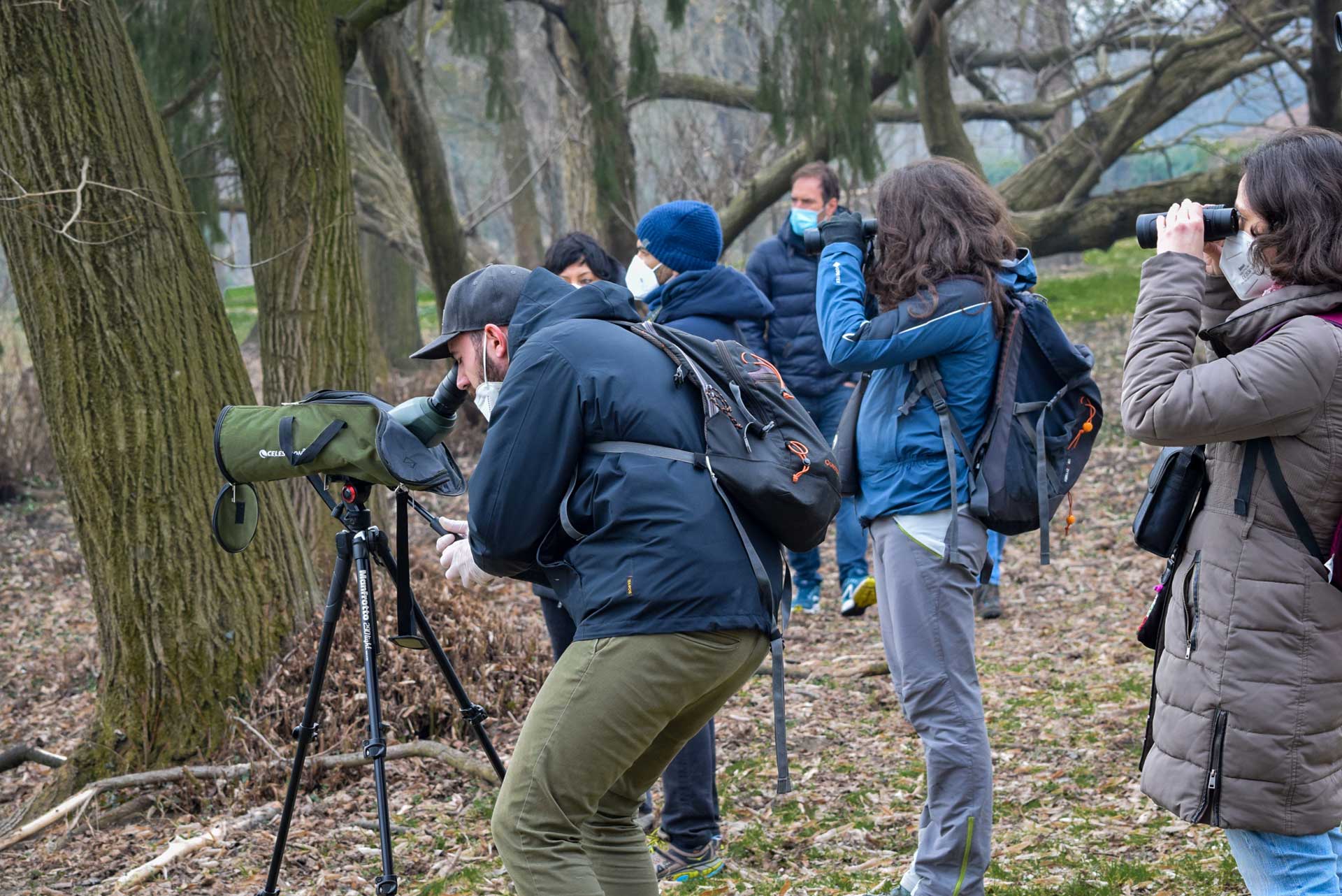
Starting from the parking of the Colletta sport club, between tree-lined areas and river environments, we put ourselves in search of the highest possible number of birds, explaining to the participants techniques and secrets for a correct identification on the field of the different wintering, sedentary and early migratory species.
Once started, we note that the spring season is at the entrance to Great Tits, Starlings, Blackbirds, Chaffinches, Blackcaps and Chiffchaffs, already active in a continuous concert of chirps.
Common Chiffchaff. Photo by Veronica Dutto.
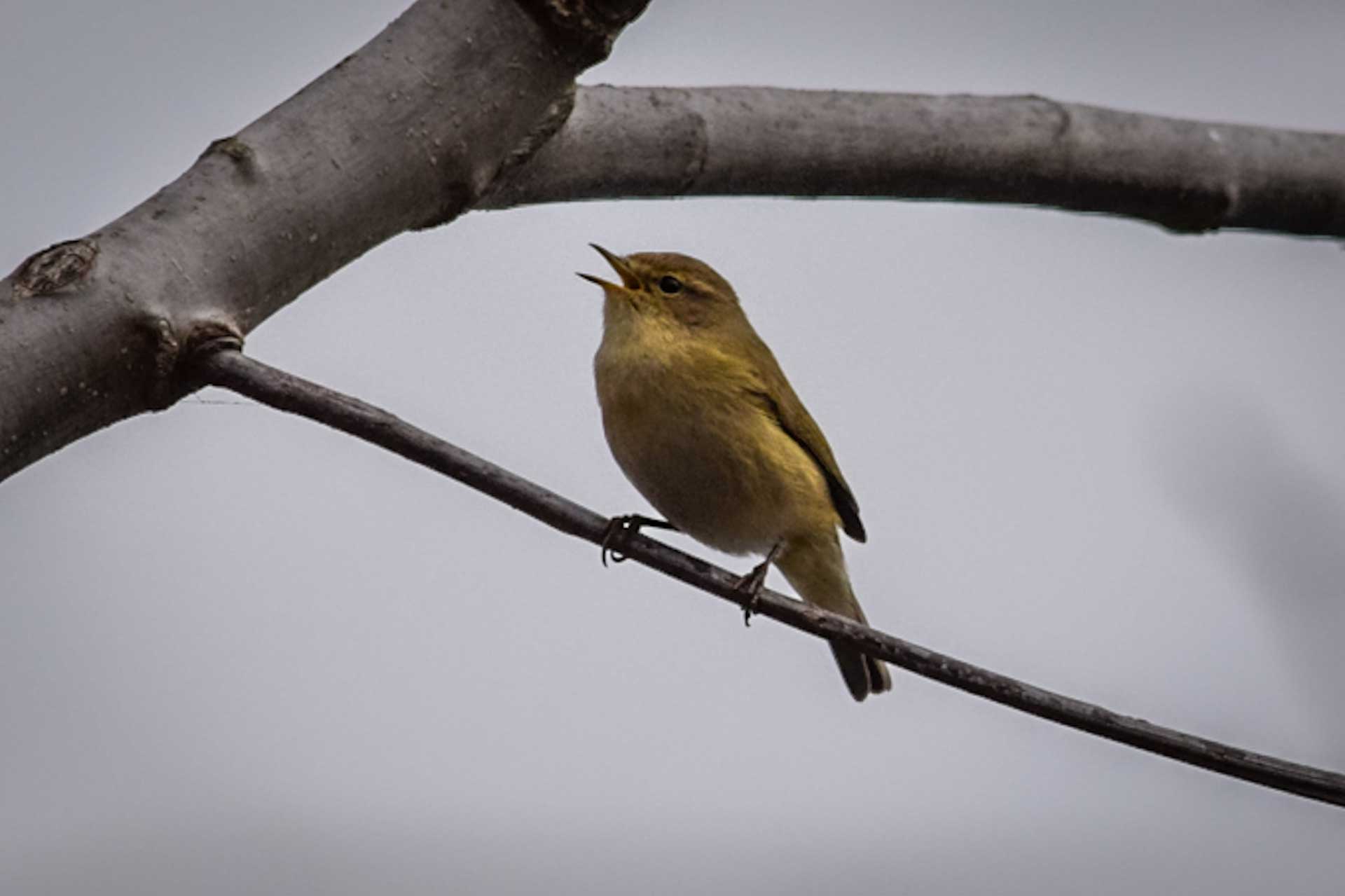
Common Blackbird. Photo by Veronica Dutto.
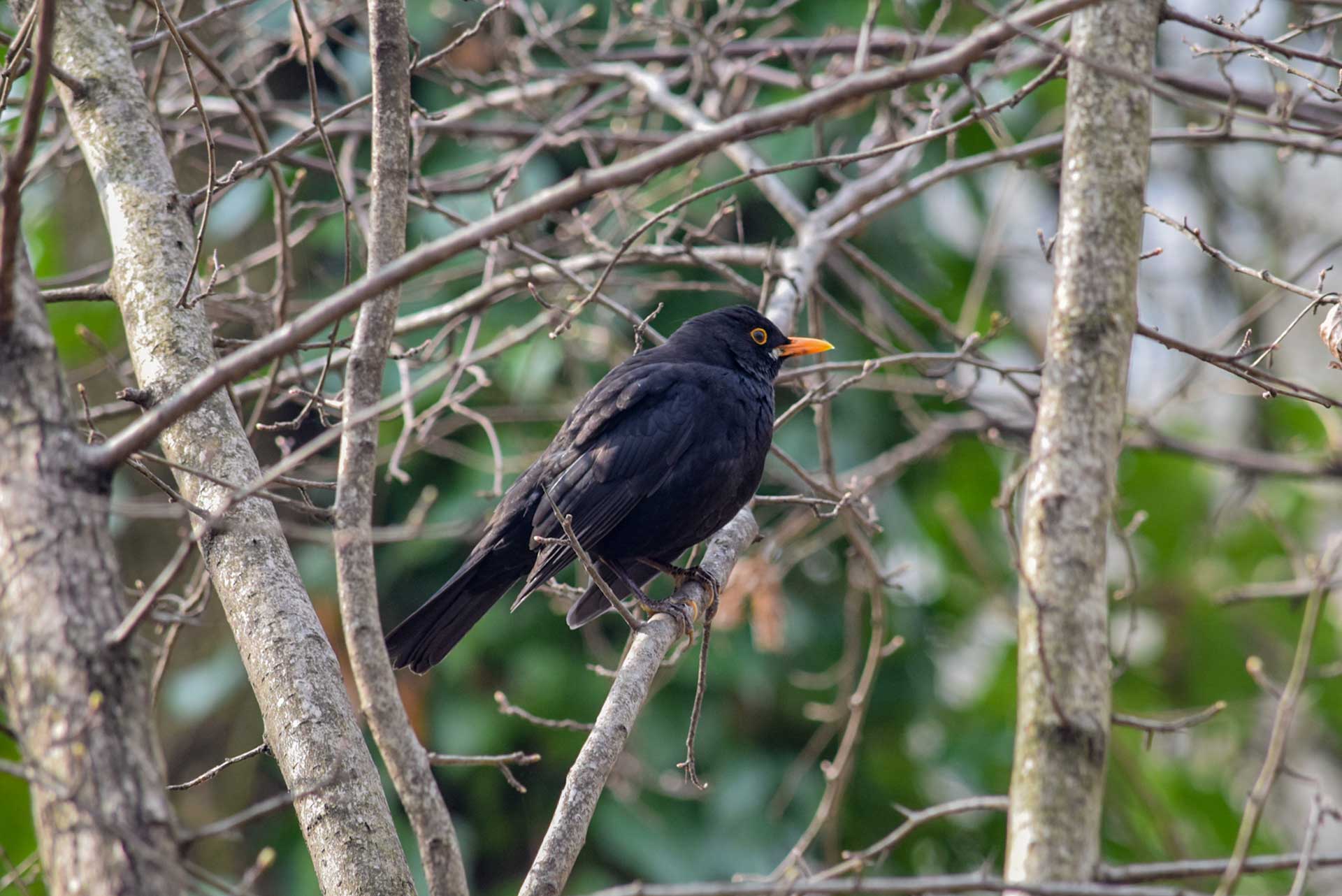
We begin to skirt the river Po, where Riccardo shows the differences between species belonging to the same families: Black-headed Gulls and Yellow-legged Gulls, Great Crested Grebes and Little Grebes, Coots and Moorhens. We observe the many ducks present here.
During the day, in addition to the many Common Pochards, Mallards and Tufted Ducks, we will also observe a Red-crested Pochard (Netta rufina) and a Ferruginous Duck (Aythya nyroca).
Common Pochards. Photo by Veronica Dutto.
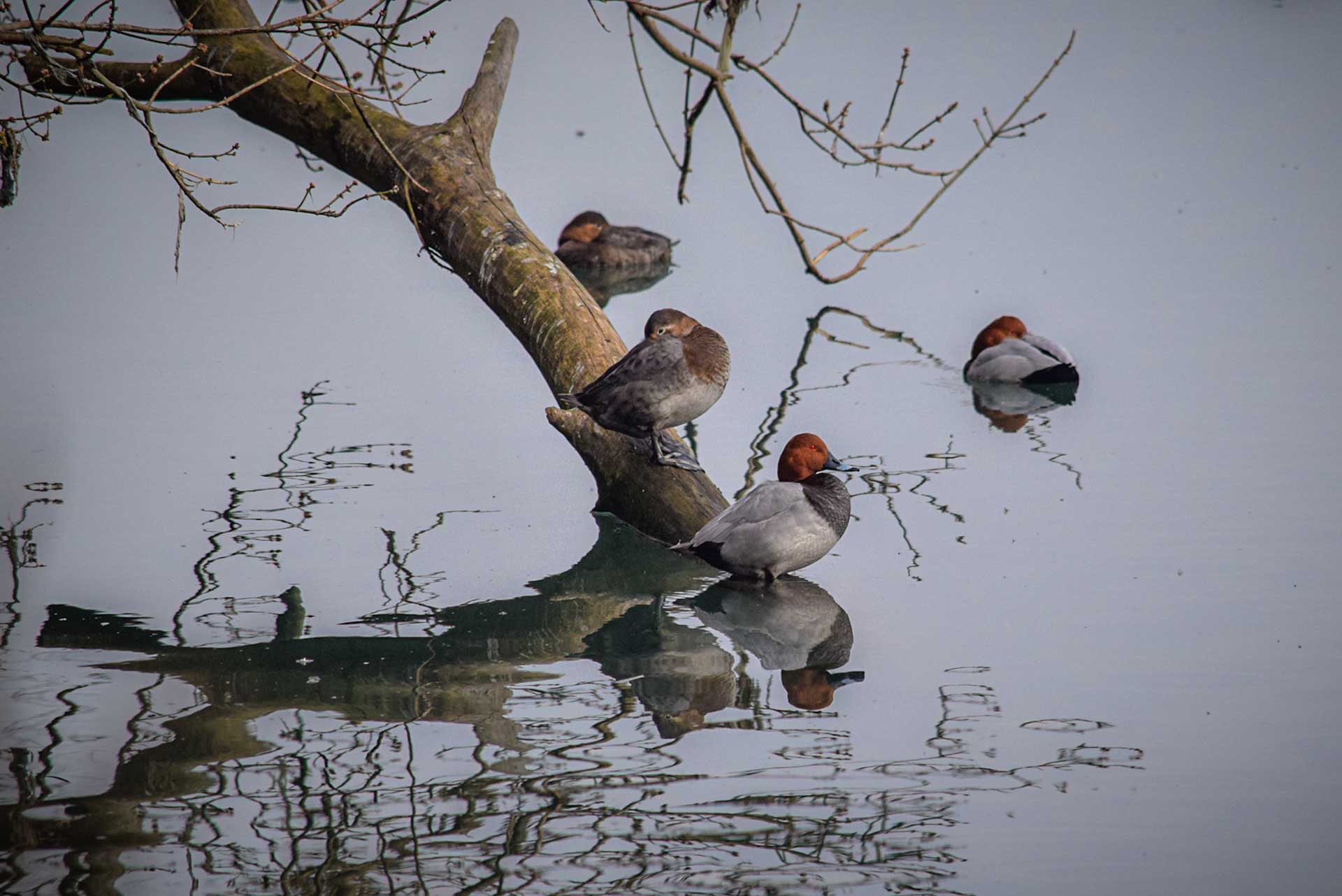
Red-crested Pochard. Photo by Veronica Dutto.
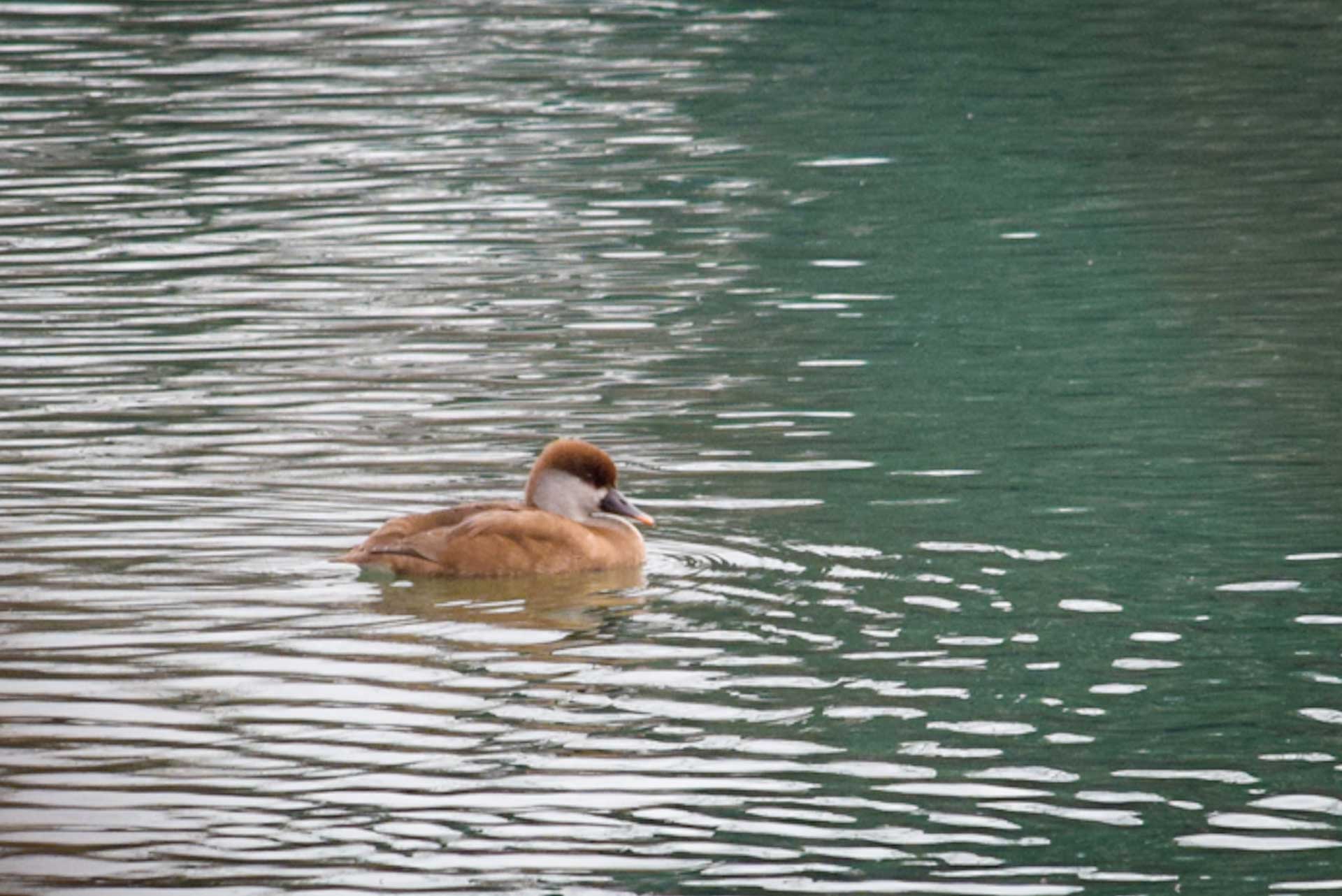
In addition to the aforementioned species, among the many diving ducks, we spot a particular and different individual: it is a Common Pochard x Ferruginous Duck hybrid!
Common Pochard x Ferruginous Duck hybrid. Photo by Dario Borgogno.
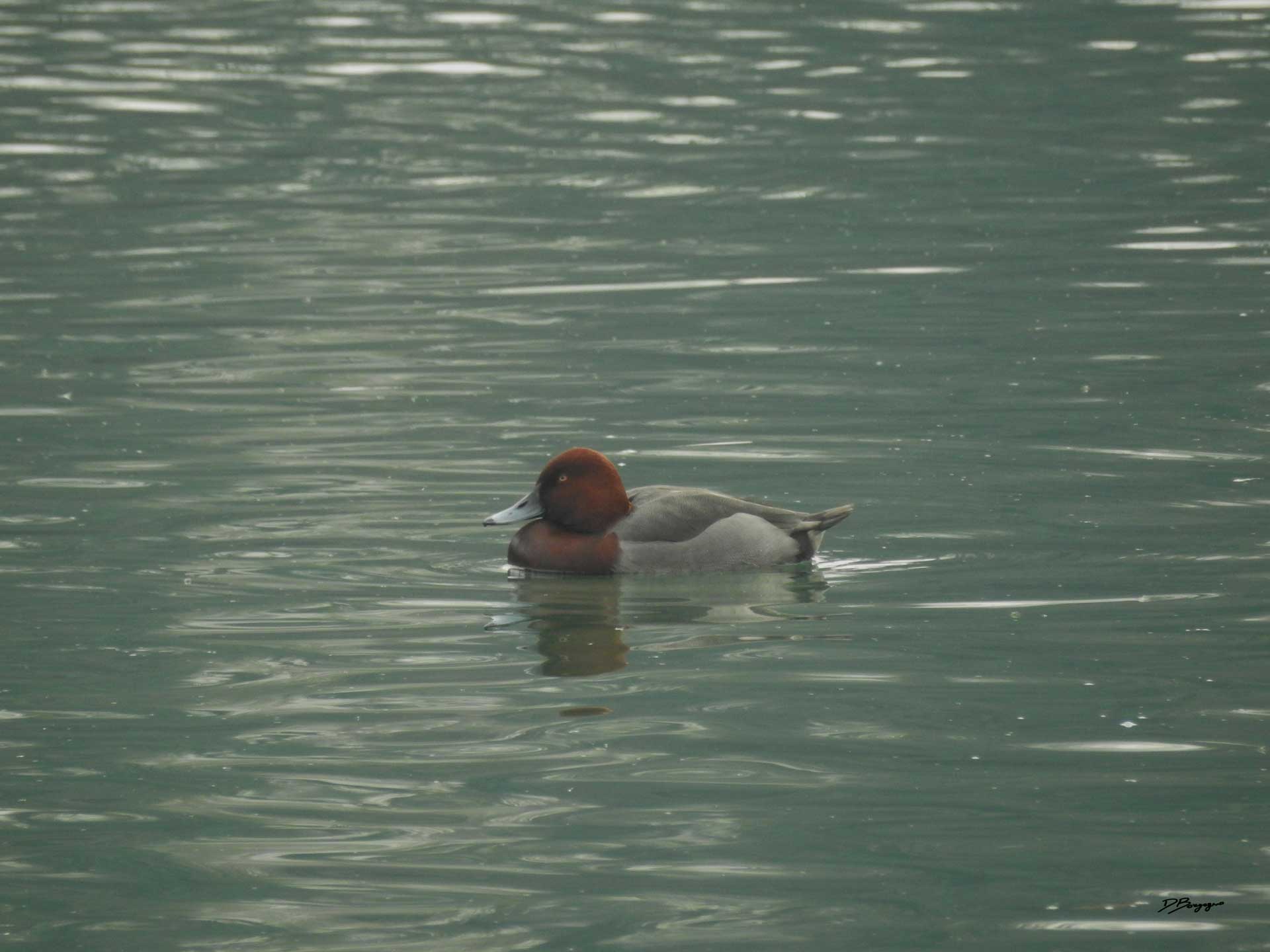
Along the river banks, into the dense riparian vegetation, many species of Passerines accompany us throughout the journey. We are so lucky to be able to observe a couple of Eurasian Nuthatch (Sitta europaea) intent on arranging the entrance hole of the future nest.
Eurasian Nuthatch. Photo by Veronica Dutto.
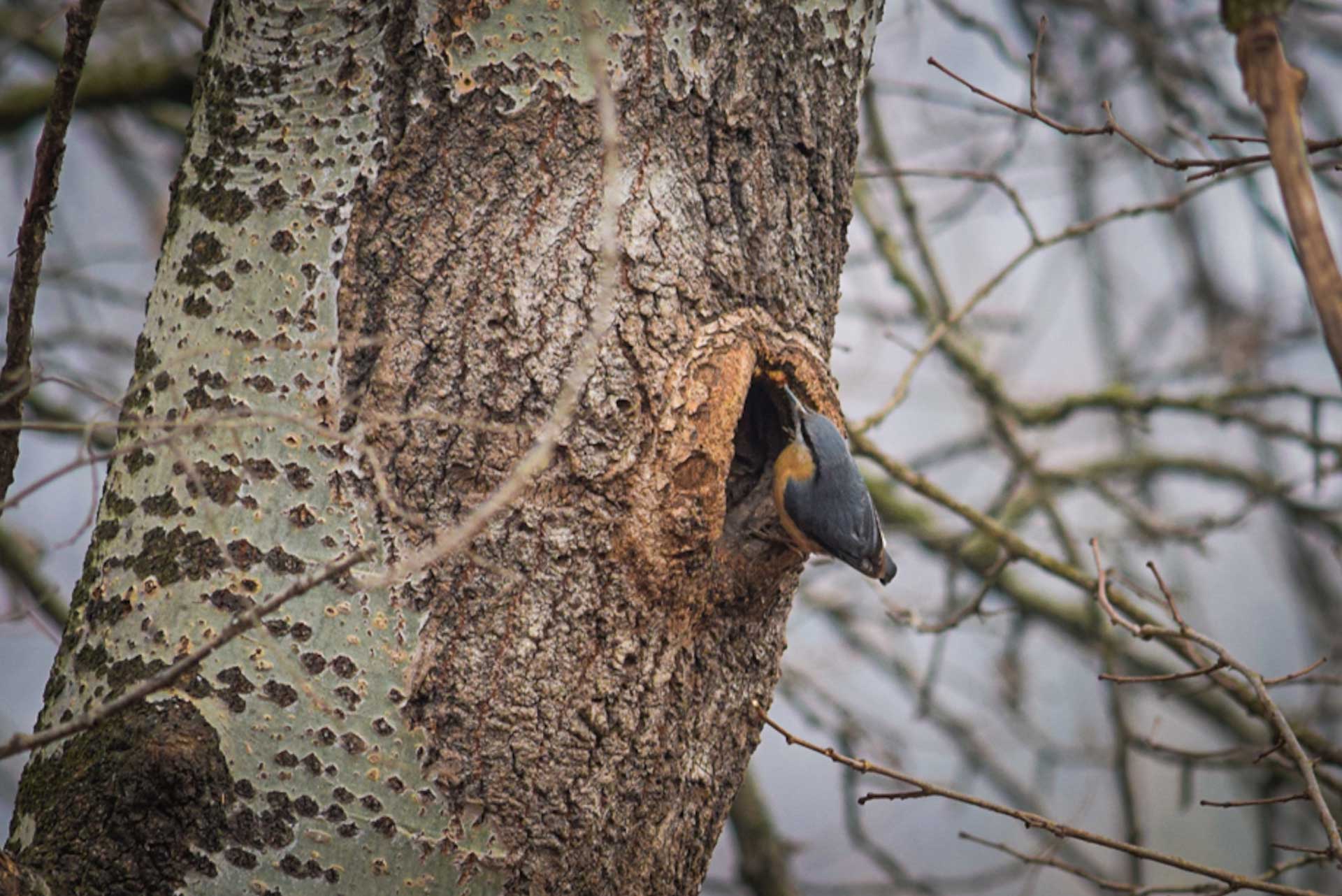
Once at the Confluence Park with the river Stura near the Meisino SPA, we are welcomed by some very confident Eurasian Siskins (Spinus spinus), who with their metallic song are soon spotted and photographed among the branches.
With the aid of the spotting scope, carefully sanitized and made available to the participants in turn, we make a stop to see the various wetland species here present.
Eurasian Siskin. Photo by Veronica Dutto.
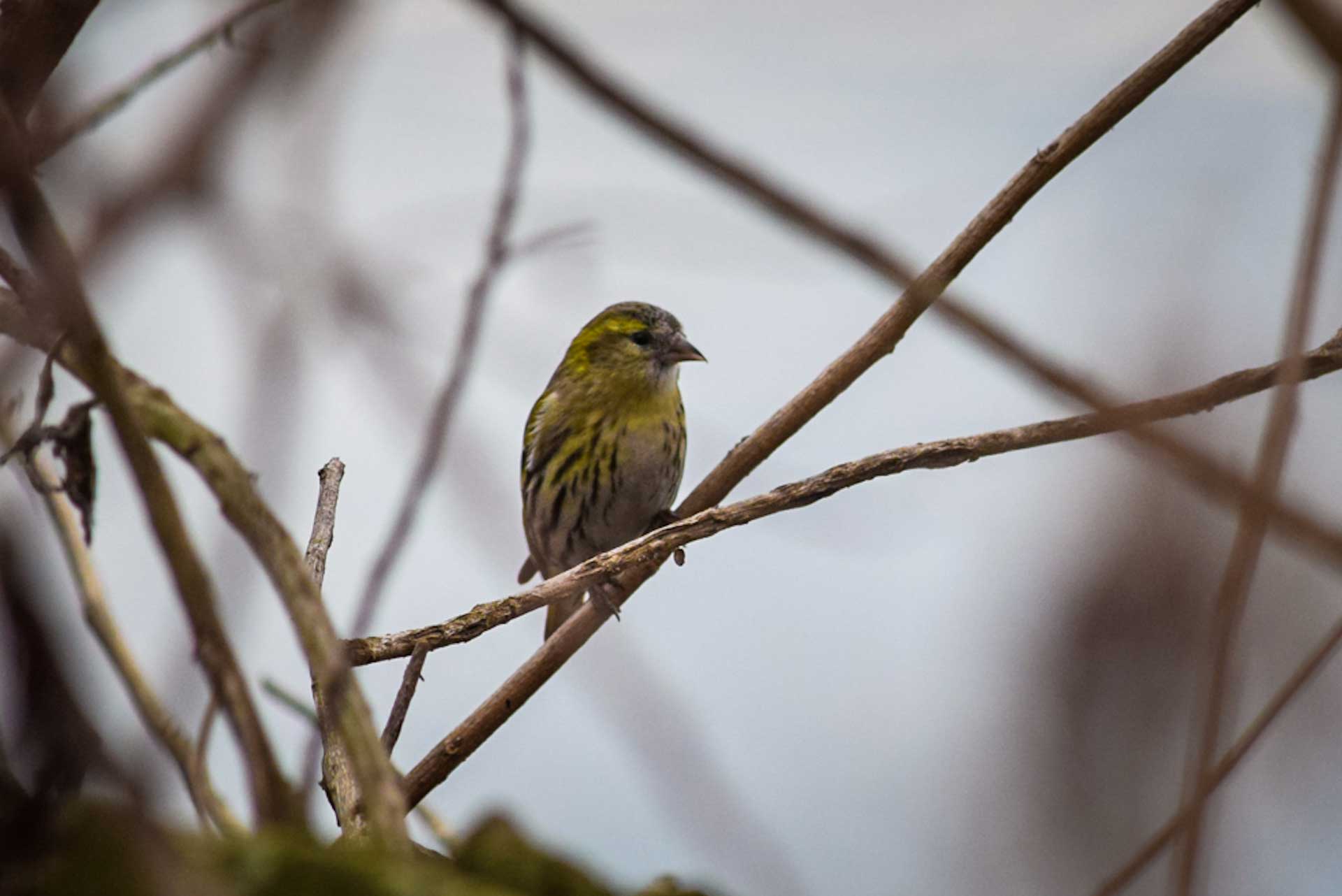
Great Cormorant. Photo by Veronica Dutto.
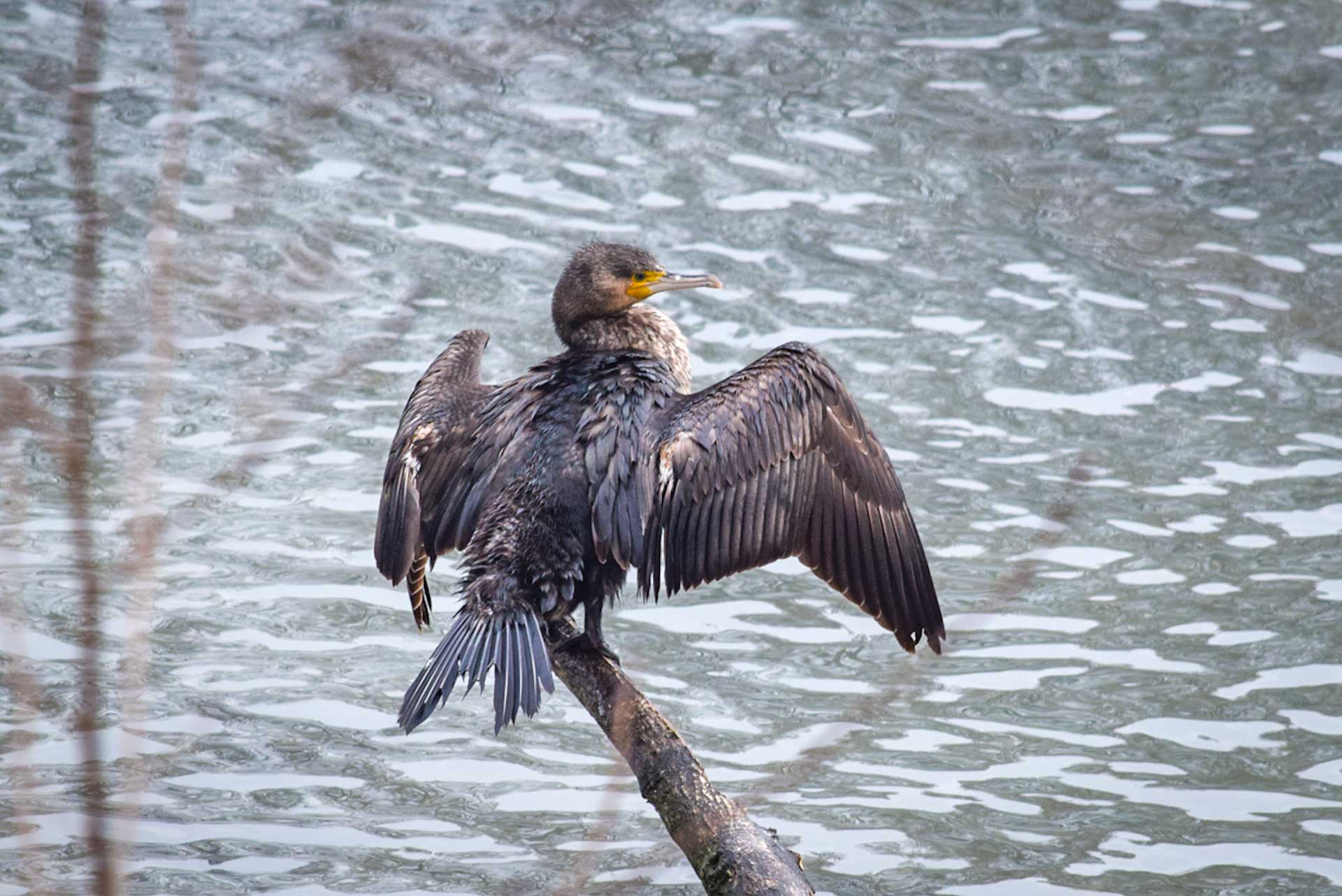
Soon, we are approached by the star of the day: a splendid adult of Little Gull (Hydrocoloeus minutus)!
Little Gull. Photo by Veronica Dutto.
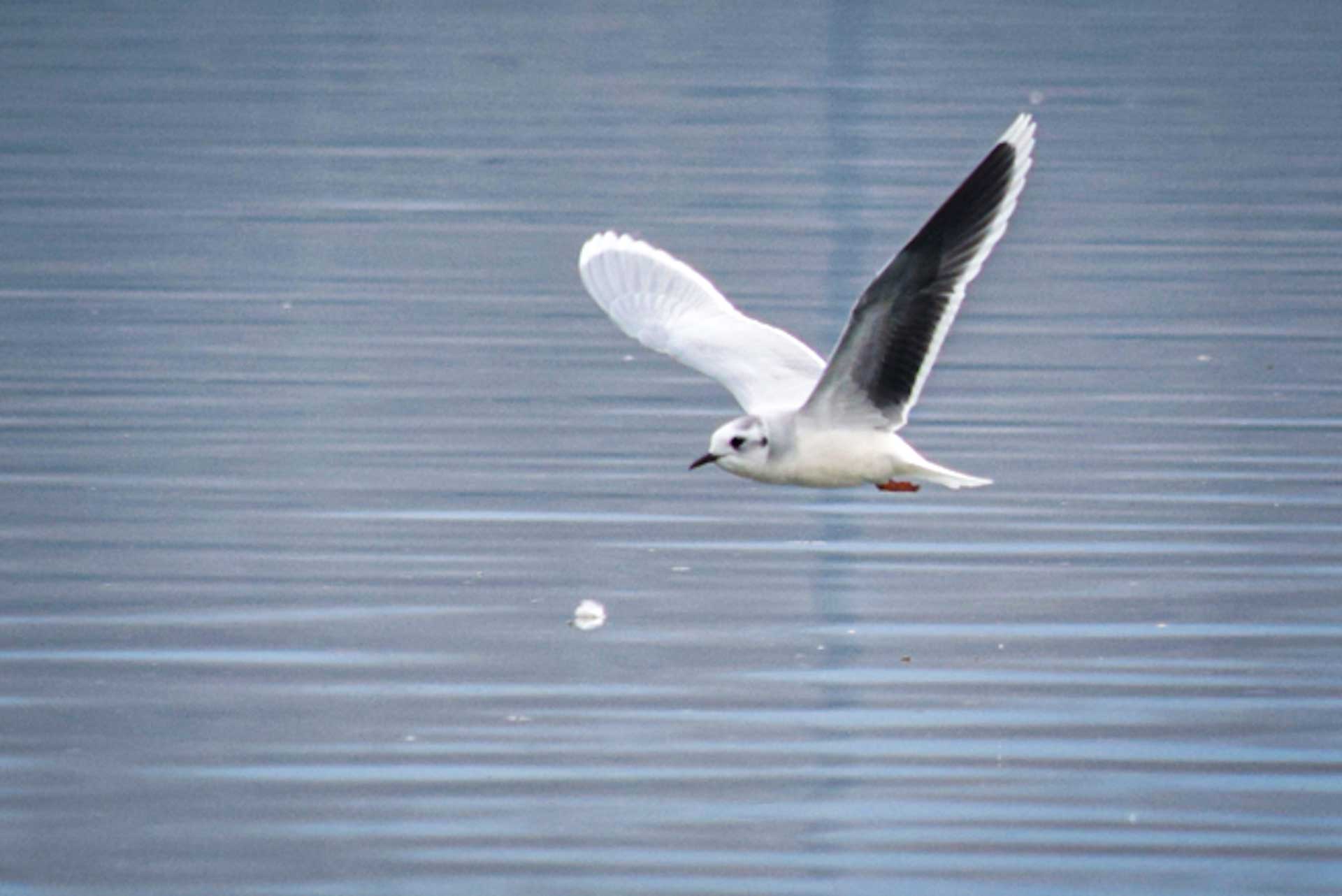
It is a species that nests in north-eastern Europe and which, although present regularly during wintering and migration to our latitudes, is not at all common to be observed in the city. The confidence of the specimen gives photographers the opportunity to take memorable shots and appreciate its frantic movement on the surface of the water.
Little Gull. Photo by Veronica Dutto.

Little Gull. Photo by Veronica Dutto.
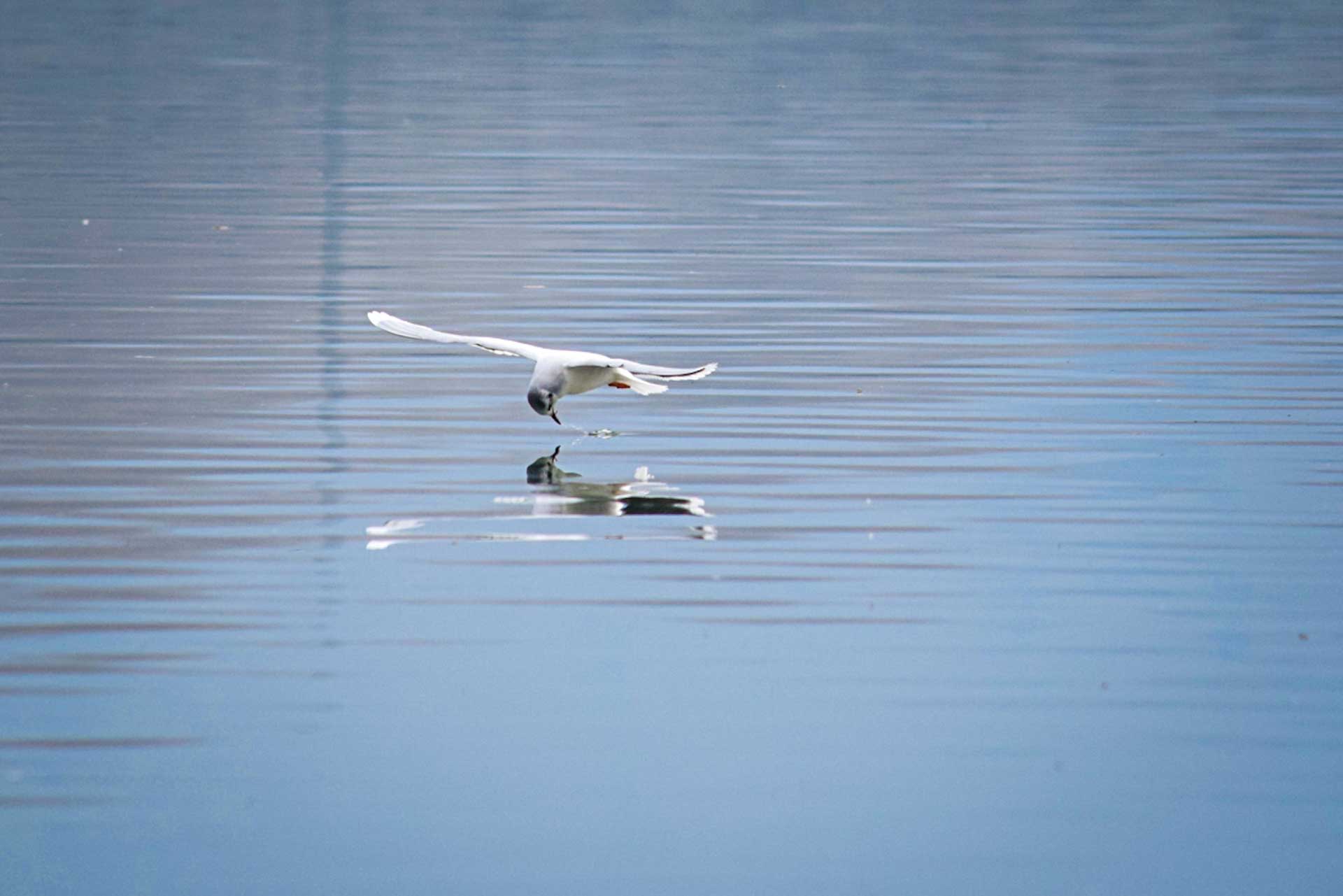
Very satisfied with the morning of urban birding, where the participants learned to recognize the main wintering species and the songs of the most common Passerines, we finish the excursion with 45 species, not a bad booty for a city context!
Interested in birdwatching? Take a look at our private day trips departing from Turin!
Little Gull. Photo by Veronica Dutto.

CHECKLIST
- Mallard (Anas platyrhynchos)
- Red-crested Pochard (Netta rufina)
- Common Pochard (Aythya ferina)
- Tufted Duck (Aythya fuligula)
- Ferruginous Duck (Aythya nyroca)
- Great Crested Grebe (Podiceps cristatus)
- Little Grebe (Tachybaptus ruficollis)
- Great Cormorant (Phalacrocorax carbo)
- Grey Heron (Ardea cinerea)
- White Egret (Ardea alba)
- Eurasian Coot (Fulica atra)
- Common Moorhen (Gallinula chloropus)
- Black-headed Gull (Chroicocephalus ridibundus)
- Yellow-legged Gull (Larus michahellis)
- Little Gull (Hydrocoloeus minutus)
- Feral Pigeon (Columba livia var. domestica)
- Wood Pigeon (Columba palumbus)
- Common Kingfisher (Alcedo atthis)
- Great Spotted Woodpecker (Dendrocopos major)
- European Green Woodpecker (Picus viridis)
- White Wagtail (Motacilla alba)
- Grey Wagtail (Motacilla cinerea)
- Water Pipit (Anthus spinoletta)
- Eurasian Wren (Troglodytes troglodytes)
- Common Blackbird (Turdus merula)
- European Robin (Erithacus rubecula)
- Black Redstart (Phoenicurus ochruros)
- Backcap (Sylvia atricapilla)
- Common Chiffchaff (Phylloscopus collybita)
- Goldcrest (Regulus regulus)
- Great Tit (Parus major)
- Eurasian Blue Tit (Cyanistes caeruleus)
- Marsh Tit (Poecile palustris)
- Long-tailed Tit (Aegithalos caudatus)
- Eurasian Nuthatch (Sitta europaea)
- Short-tailed Treecreeper (Certhia brachydactyla)
- Common Starling (Sturnus vulgaris)
- Eurasian Jay (Garrulus glandarius)
- Eurasian Magpie (Pica pica)
- Hooded Crow (Corvus cornix)
- Carrion Crow (Corvus corone)
- Western Jackdaw (Corvus monedula)
- Common Chaffinch (Fringilla coelebs)
- European Greenfinch (Chloris chloris)
- Eurasian Siskin (Spinus spinus)
